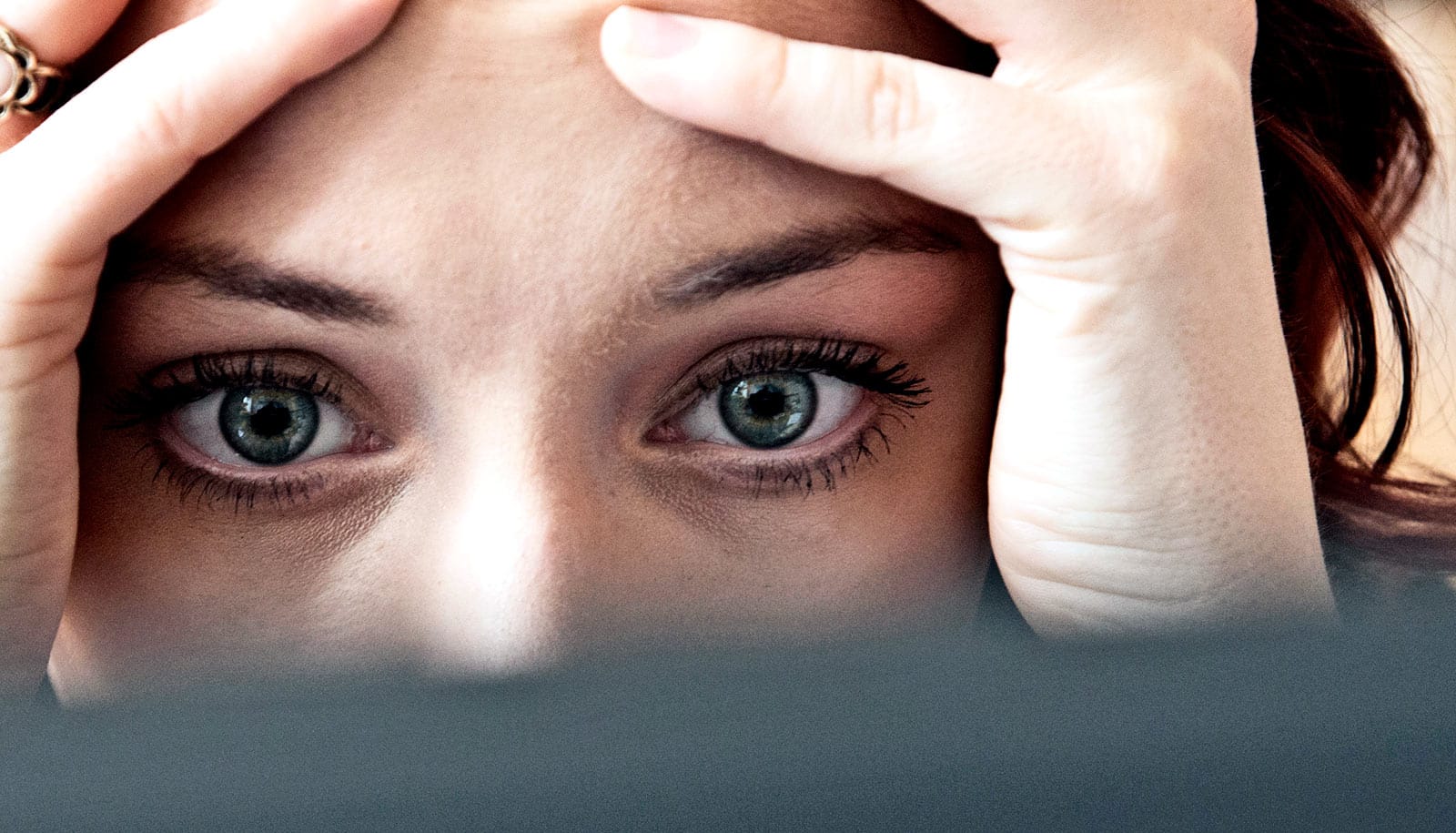A new study examines what people look at during virtual meetings.
The research could help participants avoid distractions and make videoconferencing more productive.
“If people are unable to focus on what’s going on in the meeting, then maybe there’s a way to improve the design of the platform to keep their attention and make the meeting more productive,” says Joey F. George, professor in business at Iowa State University.
Meeting distractions
Participants in the study did pay attention to whoever was speaking, but their gaze drifted off the computer screen more during small group video calls compared to large group sessions. The study also revealed women spent more time looking at their own image than men.
To collect data for the study, the researchers asked each participant to sit in front of a computer screen in a minimal, windowless room during two videoconference calls. The first included a 15-minute interactive Webex meeting with three other people and a fake user whose video and audio were turned off.
Partway through the meeting, the researchers introduced distractions: someone eating crackers and drinking soda, another adjusting their moving desk, which changed the user’s background.
Each participant then watched 10 minutes of a recorded Zoom video of a city council meeting. With two dozen people in attendance, the user frames shifted whenever someone new started to talk.
Underneath the computer monitor, the researchers had installed an eye tracking system to measure where each participant was looking and for how long. The system’s array bounced infrared light off the participants’ eyes every four milliseconds, recording gaze movements and producing visualizations akin to airline route maps.
“The eye tracking gave us the opportunity to objectively record what people actually look at during one of these videoconference meetings, and we learned some surprising things,” says George.
Zoom fatigue and stress
During the small group, interactive video meetings, participants spent one third of the time looking at something other than the computer screen. As a comparison, participants spent 11% of the time looking off the screen during the large group video recording. The researchers also found people looked at the planned distractions (i.e., snacking, changing background) during the experiment, but only for several seconds before reverting their gaze.
As to why women looked at their own videos much more than men, George points to a study from Stanford University in which women consistently reported more “mirror anxiety” associated with the self-view in video calls.
George says people adapted very quickly to virtual meetings during the first year of the pandemic, but the format still feels unnatural.
“How many in-person meetings have you been to where you sit on one side of the table, and everyone else sits on the other side of the table and looks at you the whole time? That would drive people crazy. We may see reactions from people across from us or turn our head when someone speaks, but we don’t see everyone’s face at the same time,” he says, adding that this staring or “hyper gaze” can trigger higher levels of stress and “Zoom fatigue.”
One of the coauthors of the paper, Akmal Mirsadikov, an assistant professor at Wichita State University, is following up the study by looking at whether participants were focused on the person speaking during the video call or their background. The results will be added to the researchers’ current working paper.
George says future experiments may find different behaviors and gaze patterns if participants sit through longer video calls. Results could also differ if the participants know the other people on screen. “This was a first-of-its-kind, exploratory study and hopefully a launchpad for more research.”
George recently presented the findings at the Hawaii International Conference on System Sciences. Additional coauthors are from Mississippi State University.
Source: Iowa State University



